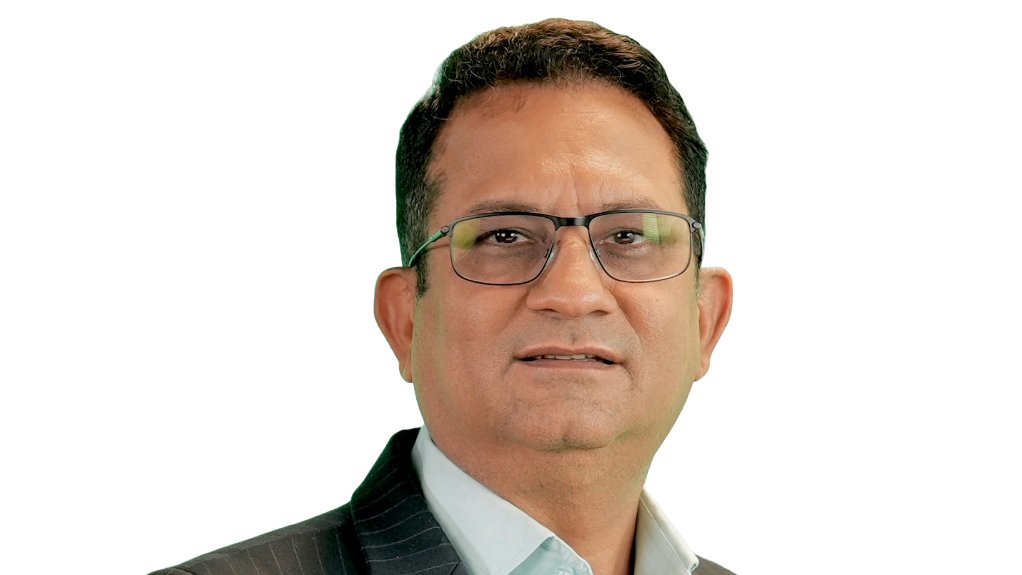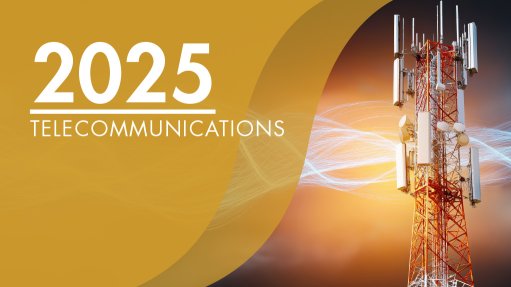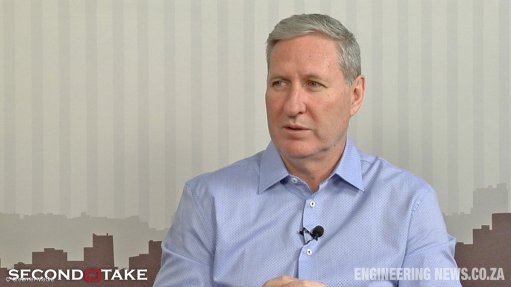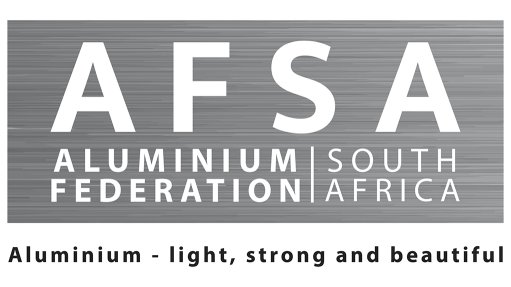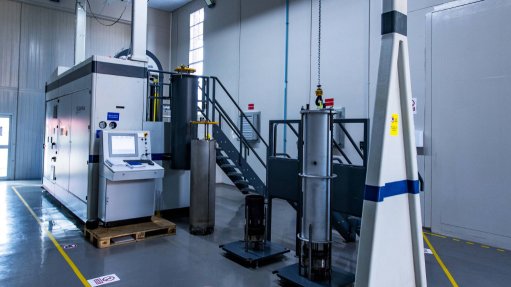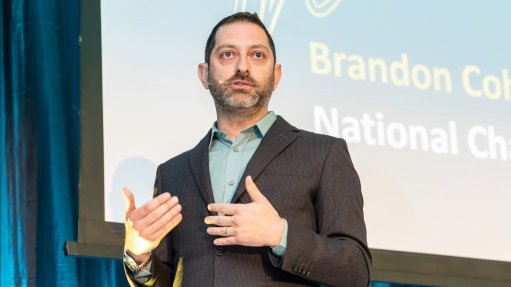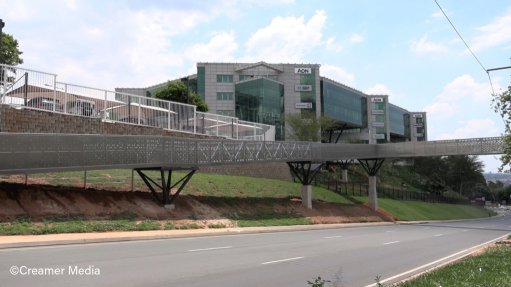Three decarbonisation myths and how organisations can debunk them
This article has been supplied.
By: Kshitij Batra - Senior Vice President, International Hub, Power Products at Schneider Electric
If good intentions were enough to decarbonise the planet, our climate goals might not be slipping further out of reach. Unfortunately, a UN Climate Change Report revealed that the world is on track to miss its 2050 net zero targets, with temperatures expected to reach 2.4C+ by 2100.
Overcoming this challenge is complex. At Schneider Electric, even though we’ve helped our customers reduce CO2 emissions by over 600MT to date, our partners and customers still frequently highlight misunderstandings that organisations hold at the start of their net-zero journey.
To help shift positive intent to concrete action, we’ve outlined three of the most common myths surrounding decarbonisation and how organisations can get started on their decarbonisation journey.
Decarbonisation myth #1 – We have the luxury of time to decarbonise
We’ve seen the effects, from severe heatwaves, droughts to devastating floods. The rise in emissions is wreaking havoc on our planet, and with global demand quadrupling, it is abundantly clear - we cannot continue as we are. But we know what we need to do to counterbalance this growing demand.
The Intergovernmental Panel on Climate Change (IPCC) warns that limiting global warming to 1.5°C requires greenhouse gas (GHG) emissions to peak before 2025 and be reduced by 43% by 2030. However, there’s currently a substantial gap between commitments and the necessary action, meaning the current pace of emissions reductions is too slow, and needs a more than threefold increase to align with the 1.5°C target.
Decarbonisation is not a one-and-done situation.
It is an ongoing process that requires integration into business operation with leadership buy-in, clear goal setting, and an actionable plan. We firmly advocate a three-step approach of digitisation, decarbonisation, and differentiation to help businesses stand out in the current landscape.
So, where do organisations start? Many companies say that the lack of data is the biggest barrier to implementing decarbonisation goals. It’s only by first understanding the scale of the organisation’s current carbon footprint and what the contributors are, can a business strategy be put in place to reduce emissions. By putting digital solutions in place, businesses can not only measure but also manage energy consumption and carbon emissions.
On average, 78% of industrial processes are not electrified today, but 50% of it could be. In South Africa, 74.31% of electrical energy is generated from coal powered thermal power plants. For South Africa to achieve its target of becoming net zero by 2050, the transition to renewable energy is crucial. And the goal as outlined by the South African Renewable Energy Master Plan (SAREM) of adding 3 to 5GW in renewables per year till 2030 is a good start to enabling the journey to cleaner and greener tomorrow.
By creating a single source of truth for energy and data in the business, businesses can start to digitise operations and monitor resource usage while identifying opportunities to save on an ongoing basis. Finally, through electrifying operations, reducing energy use, replacing energy sources, and engaging the value chain.
Decarbonisation myth #2 – Decarbonisation is too complicated for a single organisation to address.
While some may feel overwhelmed by the scale of climate change and believe their individual actions have very little impact, governments are stepping up with regulations to ensure the responsibility doesn’t fall on a single individual or organisation.
For instance, South Africa’s new Climate Change Act (Act No. 22 of 2024) proclaimed on 17 March 2025, marks a significant step in the country’s efforts to address climate change. The Act establishes a legal framework for reducing GHG emissions, adapting to climate impacts, and supporting a just transition to a low-carbon economy. By setting out clear responsibilities for government, business, and civil society, including mandatory carbon budgets for major emitters and the integration of climate considerations into national and local planning, organisations operating in South Africa will soon be required to align with stricter climate regulations and demonstrate accountability for their environmental impact across their operations and value chains.
Global social and environmental changes are accelerating, and it has forced organisations to rethink who they are and guide what they do. Positive impact can only happen when we’re not a lonely leader. It is equally, if not more, important to foster a movement of global goals and local efforts to ensure nobody gets left behind. One small way we’re paving the way forward is offering digital solutions to our offering. Digitisation is the key to unlocking decarbonising, and by creating a single source of truth of an organisation’s energy and resource usage to make data-driven decisions and report on progress towards climate goals.
By aligning with our partners, suppliers, and customers to advance a shared vision for decarbonisation, we are committed to partnering for a sustainable future. Since 2018, our solutions have helped customers reduce or avoid 679M tonnes of CO2. Today, more than 1,000 top suppliers have joined our zero-carbon project to dramatically reduce their CO2 emissions.
Decarbonisation myth #3 – It is expensive to decarbonise.
The cheapest form of energy is the energy we’re not using. It is pointless paying for more energy than you need if organisations are not going to ensure it is being used efficiently.
With 60% of energy currently lost or wasted, the costlier option for organisations is inaction. Prioritising demand efficiency is the crucial first step, and deploying digital tools enables organisations to monitor, visualise and manage energy consumption. It’s been proven that by deploying a holistic building management system in a building or an energy management system in an industrial site, organisations can already see a 20% reduction in energy consumption! The recent need for some public and private sector buildings in South Africa to display their Energy Performance Certificates (EPCs) is further motivation for South Africans to start managing their energy.
These software systems must communicate effectively with the electrical equipment and machinery essential to creating functional offices, manufacturing plants, or public spaces. This usually involves components like lighting, heating, circuit breakers, motor starters, and transformers. For older legacy systems without smart, connected devices, sensors can be retrofitted retrospectively to collect data. The time to act is now. This is not a problem we can leave for future generations to solve. We must take a direct hand to drive the necessary change.
Once these systems are set up, organisations can begin to optimise energy use and reduce energy waste with an estimated ROI within 1-2 years, and ongoing savings can be used to help fund further decarbonisation.
The time to act is now. This is not a problem we can leave for future generations to solve, as there may be no future. We must take a direct approach to drive the necessary change.
Article Enquiry
Email Article
Save Article
Feedback
To advertise email advertising@creamermedia.co.za or click here
Comments
Press Office
Announcements
What's On
Subscribe to improve your user experience...
Option 1 (equivalent of R125 a month):
Receive a weekly copy of Creamer Media's Engineering News & Mining Weekly magazine
(print copy for those in South Africa and e-magazine for those outside of South Africa)
Receive daily email newsletters
Access to full search results
Access archive of magazine back copies
Access to Projects in Progress
Access to ONE Research Report of your choice in PDF format
Option 2 (equivalent of R375 a month):
All benefits from Option 1
PLUS
Access to Creamer Media's Research Channel Africa for ALL Research Reports, in PDF format, on various industrial and mining sectors
including Electricity; Water; Energy Transition; Hydrogen; Roads, Rail and Ports; Coal; Gold; Platinum; Battery Metals; etc.
Already a subscriber?
Forgotten your password?
Receive weekly copy of Creamer Media's Engineering News & Mining Weekly magazine (print copy for those in South Africa and e-magazine for those outside of South Africa)
➕
Recieve daily email newsletters
➕
Access to full search results
➕
Access archive of magazine back copies
➕
Access to Projects in Progress
➕
Access to ONE Research Report of your choice in PDF format
RESEARCH CHANNEL AFRICA
R4500 (equivalent of R375 a month)
SUBSCRIBEAll benefits from Option 1
➕
Access to Creamer Media's Research Channel Africa for ALL Research Reports on various industrial and mining sectors, in PDF format, including on:
Electricity
➕
Water
➕
Energy Transition
➕
Hydrogen
➕
Roads, Rail and Ports
➕
Coal
➕
Gold
➕
Platinum
➕
Battery Metals
➕
etc.
Receive all benefits from Option 1 or Option 2 delivered to numerous people at your company
➕
Multiple User names and Passwords for simultaneous log-ins
➕
Intranet integration access to all in your organisation



